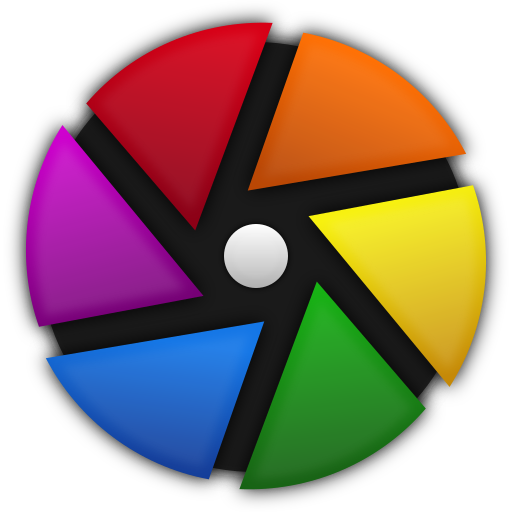Happy new year.
try something ‘new’, get rid of any subscription? Open source is the way to.
DarkTable just released version 5, works fine on Windows, Mac and Linux. No fancy AI (yet, some are working on it)
https://darktable.org
Krita is offers similar tools as Affinity and is way beyond older versions of photoshop
https://krita.org
Gimp just released version 3rc2. According to some its difficult, but not any more difficult than the latest version of photoshop
https://gimp.org
once you have learned these tools you are free.
No you're stuck with poor preforming tools that fail constantly and/or lack important features.
No need for subscriptions, good use of older hardware.
the only thing you have to invest is time, time to learn a few new things, which can be done in a couple of evenings.
Time is money. DarkTable is the most expensive raw processing software available. Let's do a for instance; One critical function of a raw processing app that I rely on is highlight reconstruction. So how does DarkTable compare then with say Capture One?
What do I have to do in Capture One to apply highlight reconstruction?
Step one: Open the file. Done.
How good is it? Best in the industry hands down.
That was easy now on to DarkTable.
Step One: Where is highlight reconstruction in DarkTable? One of the heavier used modules in DarkTable is filmic rgb and OK there's a reconstruct tab. Click that and there's a check box for highlight reconstruction. Check the box and nothing..... Well there's four sliders below the box; threshold, transition, texture, and bloom. Sliders don't seem to help -- in fact threshold is making it worse.
Bleep bleep off to the internet to see if I can figure out what I'm missing. PIXLS.US has a forum question, "Reconstructing blown highlights; "darktable 4.0 user manual states that: A better alternative [to using the highlight reconstruction module] is to disable highlight reconstruction and instead use the reconstruct tab on the filmic rgb module.... Which one should I prefer?"
There's a highlight reconstruction module? OK, but the manual says use the filmic rgb option which I've tried and isn't working. Read through the thread. Watch linked video -- not applicable. Keep reading... posters are arguing about which option to use. Best advice: "Just try the different methods and see which works best on the individual image."
Back to DarkTable and look at the highlight reconstruction module. Bleep bleep bleep! There's a drop menu for method and four different options, BLEEP! Look at the four options and one of them has three sliders plus another drop menu with with seven options. BLEEP! OK the inpaint opposed method only has one slider and it is working -- doing a mediocre job. The clip highlights method just gives up and nukes the highlights. The reconstruct in LCh method has one slider and also works but inpaint opposed works better (at least for this image).
The segmentation based method also works but has three sliders and that seven option drop menu -- so what 10,000 permutations?... be back in a while....
Oh dear Lord the seven drop menu choices each have two additional sliders! BLEEP!
OK, the segmentation based method works as well as inpaint opposed and possibly a little better after you start to understand the sliders and menu options.
How good is DarkTable then at highlight reconstruction? Mediocre if and when you can figure out how to do it, compared with Capture One not nearly as good.
A license for C1 is $299 with less expensive upgrade options becoming available after that initial purchase. I would gladly pay that $299 once a year every year rather than have to use something as expensive as DarkTabke. That was just highlight reconstruction, shall we move on to noise? BLEEP!





